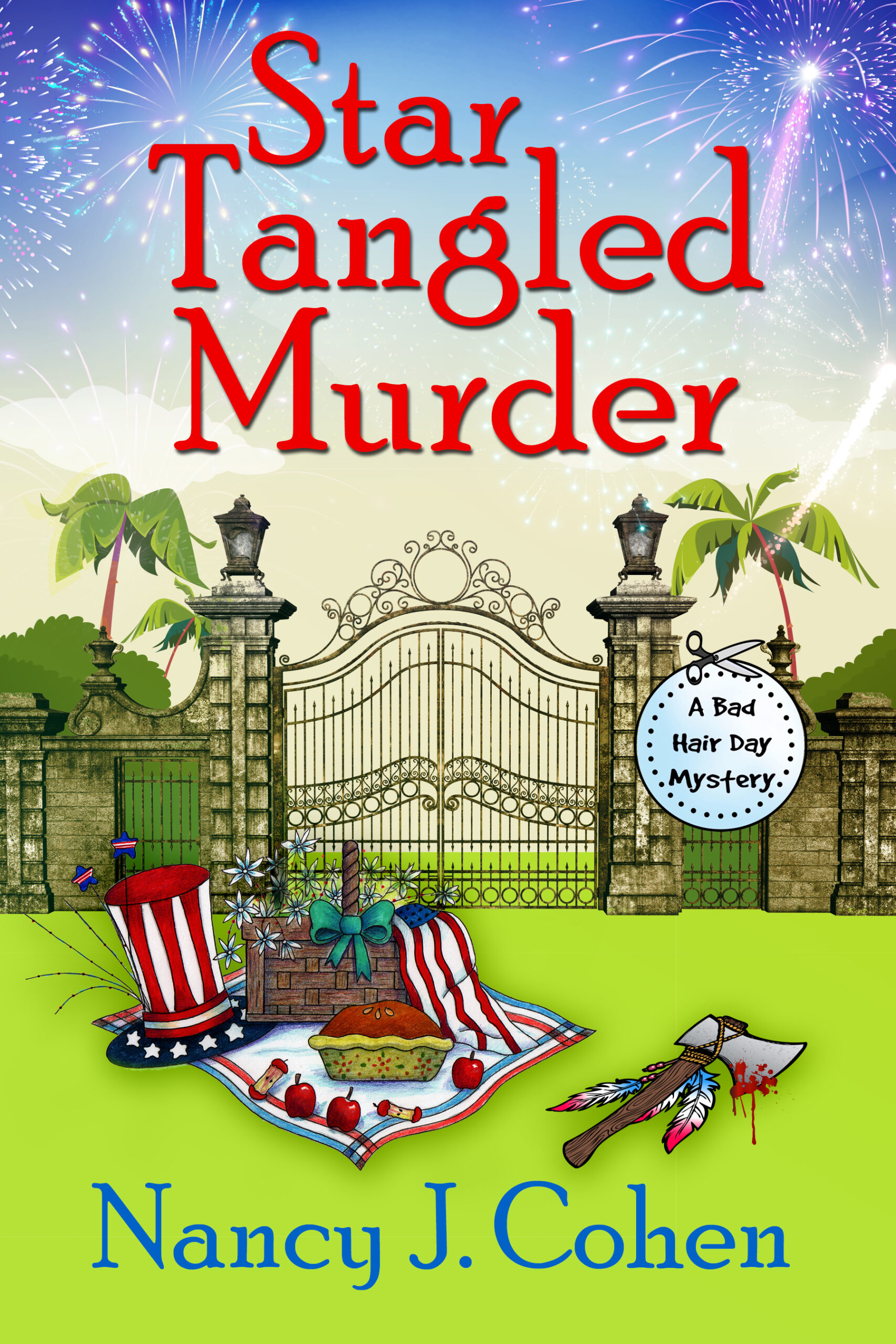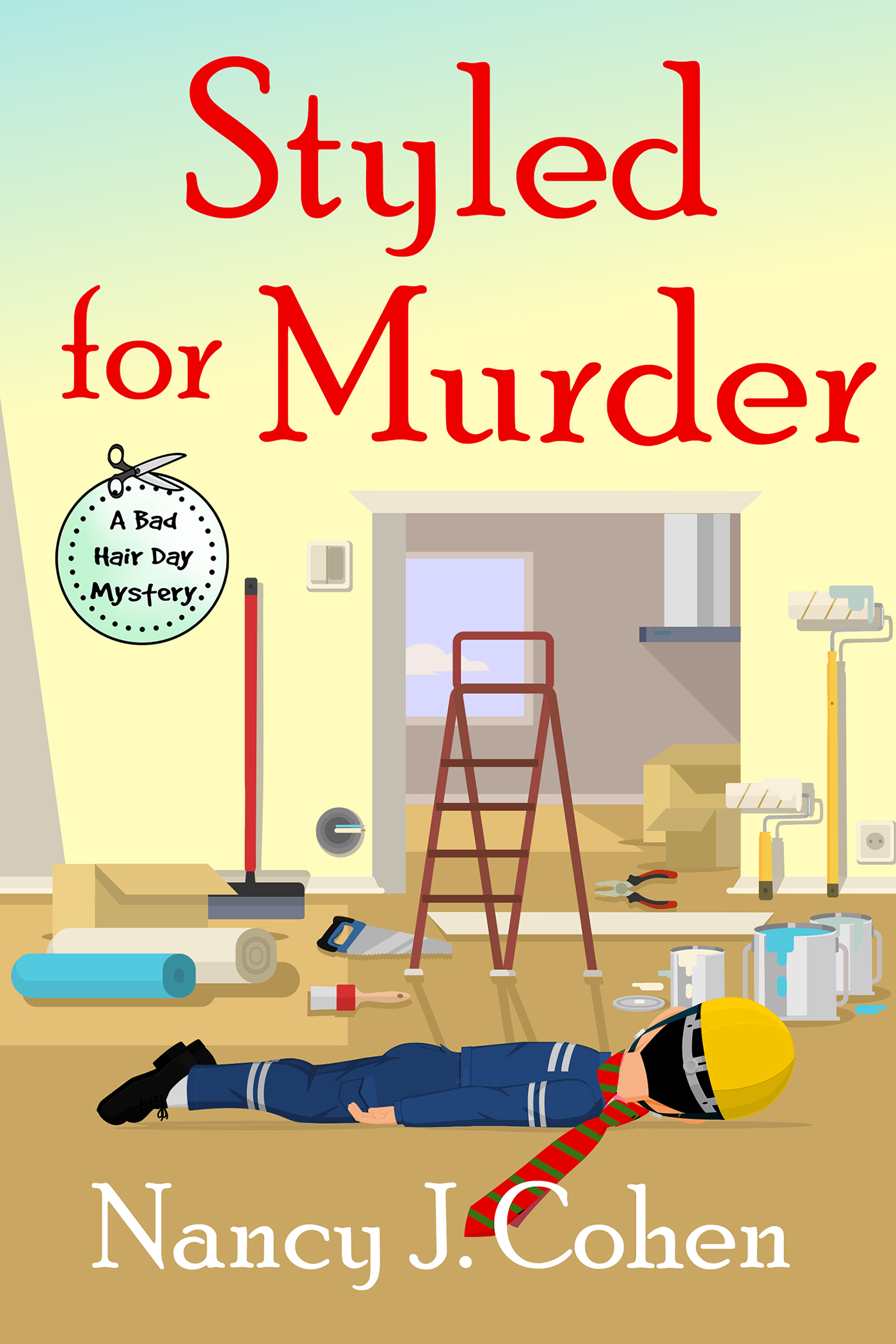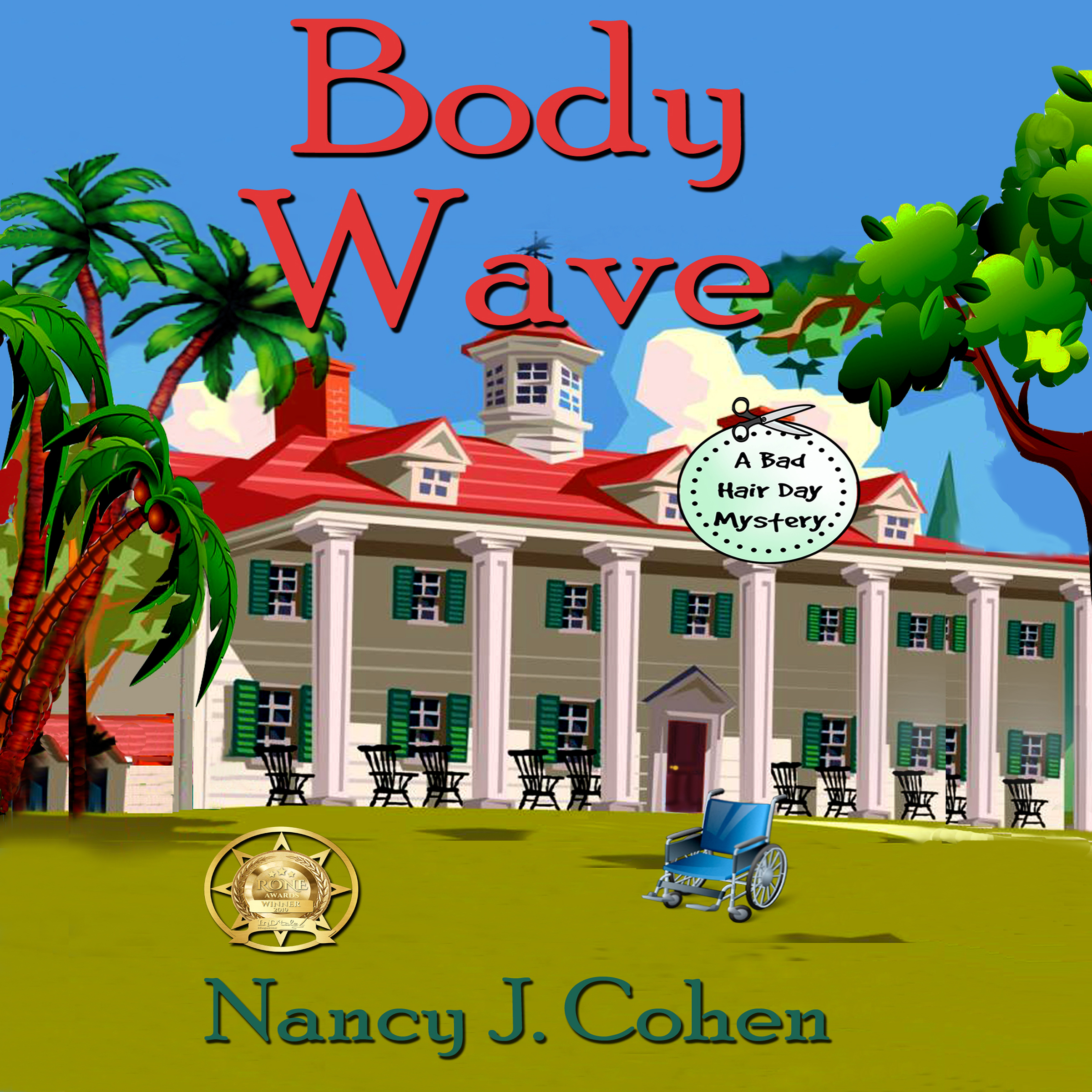How do you avoid turning descriptive details in your novel into an info dump? When writing fiction, you have to be careful how you weave in this information. Add too much prose, and your reader will skip over those passages. You can insert material more enticingly by using dialogue, brief introspections, and short paragraphs.
My readers like to learn new “factoids” as they call them, and they’ve come to expect these tidbits in my books. It’s thanks to my editor and critique partners that these don’t become lengthy dissertations on my research findings. It’s tempting to share what you’ve learned, but you need to limit your enthusiasm and save this fascinating material for future blog posts.
Nonetheless, a critique partner recently asked me for more details regarding my story’s historical background. The setting involves a battle reenactment at a living history village. I’d skimmed over the details, but my writer friend wanted more. She even suggested I make the guide’s lectures more touristy.
Okay, I could do this. Here’s an example from a scene that takes place during the skirmish. Be kind in your appraisal. It’s a first draft excerpt.
Original Passage:
A man’s voice on a loudspeaker rang out, welcoming the guests. She recognized the marshal’s gritty tone.
“This battle is representative of the one that occurred on July 3, 1836. Out of one hundred and ten soldiers, only two survived. They made it to Fort King to explain what happened and so a contingent could return to bury the dead.” He continued to narrate as the action unfolded.
A line of blue-coated soldiers moved out at a slow pace, muskets at the ready. They followed a dirt trail among the pines and scrub brush. A small group wheeled a cannon, the only artillery in sight. The officers rode on horseback behind the troop’s drummer. The men looked weary, as though they’d been on the road for days.
Suddenly, shots rang out. The solders scrambled for defensive positions as the officers rode up and down the line, shouting orders.
Rewrite:
A man’s voice on a loudspeaker rang out, welcoming the guests. She recognized the marshal’s gritty tone.
“Today we are commemorating a massacre that occurred on July 3, 1836. One hundred and ten U.S. Army troops were on a mission to deliver a cannon to Fort King in Ocala. Along the way, they were attacked by one hundred and eighty Seminole warriors. Only two soldiers survived. Hungry and wounded, the men made it to the fort and explained what happened so a contingent could return to bury the dead.”
The blue-coated soldiers moved forward in a column. They followed a narrow dirt trail among the pines and scrub brush but still in view from the bleachers. A small group wheeled the cannon, the only artillery in sight. Three officers rode on horseback behind the troop’s drummer. The soldiers looked weary, as though they’d been on the road for days.
“The troops weren’t ready for action,” the marshal continued. “Their muskets were not loaded, and their ammunition was stuffed under their jackets. They’d grown tired and didn’t notice the tribesmen following them.”
Suddenly, shots rang out.
“The captain is hit!” the marshal exclaimed as the other officers shouted orders. The soldiers scrambled for defensive positions. Then the lieutenant toppled from his horse.
“Another officer down! The Seminole chief is a wily fellow. He knows which men are commanding the force, and he’s taking out the leaders one-by-one. Oh, no! There goes the sergeant. Now the rest of the troops will be mowed down like blades of grass.”
Which version is more vivid in your mind? What else should I add?
Another suggestion was that Marla’s husband Dalton should share some of his knowledge during the battle sequence since he’s a history buff. In the original draft, he said nothing.
New Passage:
Dalton nudged Marla. “The army soldiers had muskets that were smooth-bore and more suitable for short-range firing. The Native Americans used Deringer percussion rifles given to them in the Treaty of Paynes Landing of 1832. These had greater accuracy from a distance but took longer to load.”
“Why was that?” Marla asked. Clearly, he’d researched the topic.
“Both were muzzle-loaders, at least until 1850 or so. This means a powder charge and ball had to be inserted into the end of the barrel and pushed down to the firing mechanism. It was easier to do this for a smooth-bore musket with a larger barrel. Pushing the same ball down a tighter-fitting rifle took longer. However, the spiral grooves, termed rifling, inside this barrel meant greater accuracy. For tribesmen shooting at a distance on horseback, it gave them the advantage.”
What do you think? Too much detail or are these revisions just right? You be my critic.
Adding Descriptive Details to a Scene #amwriting #writingtip Share on XGIVEAWAY
Enter Here to win a free book from Booklovers Bench in our monthly giveaway
























